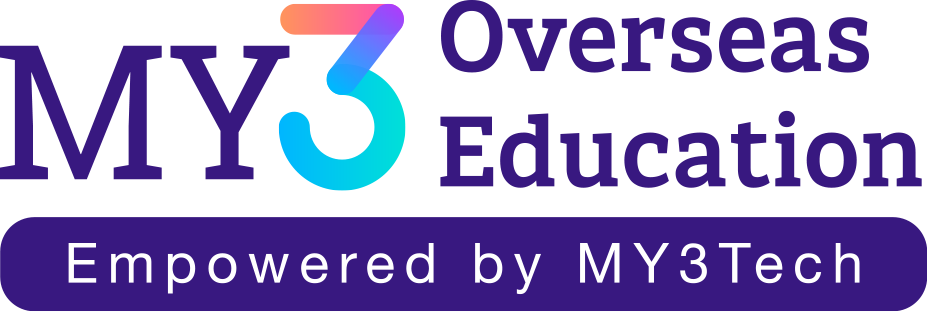Conquering the Digital SAT: A Guide for Students
Many universities are now reinstating the standard test requirements as a part of their admission process into bachelors programmes. So, attempting SAT or ACT is going to be normal again for those who want to study in the USA. Let us look into the test pattern and what all concepts are covered in SAT exam.
The SAT is a digital-only standardized test used by many colleges to assess a student’s college readiness. It measures your critical reading, writing, and math skills through a variety of question formats. Here’s a complete guide to help you understand the digital SAT and prepare for success:
The digital SAT is composed of two sections: Reading and Writing and Math. Students have 64 minutes to complete the Reading and Writing section and 70 minutes to complete the Math
section for a total of 2 hours and 14 minutes.
Digital SAT Format:
|
Section |
Time Limit |
Description |
|
Reading & Writing |
64 minutes |
1. Passages from various sources (literature, history, science) |
|
Math |
70 minutes |
1. Two parts: calculator-allowed and calculator-not-allowed |
Each section is divided into two modules of equal length. The first module presents a mix of easy, medium, and hard questions. The difficulty level of the second module adapts based on your performance in the first. This “adaptive testing” makes sure that the test focuses on your skill level and provides a more accurate assessment of your abilities.

Why Take the GRE? It's All About Opportunity!
So, why should this exciting test be on your radar? Here are some reasons why the GRE can be your key to unlocking graduate school awesomeness:
Scoring:
The digital SAT is scored on a scale of 200-800 for each section such as Reading & Writing, and Math. Colleges consider various factors when evaluating scores, including the total score, that is, out of 1600. Any score above 1050 is considered good.
Preparing for the Digital SAT:
Acing the SAT requires a strategic approach. Here are some tips to get you started:
- Familiarize yourself with the digital format: Practice using the digital interface and question types offered by the College Board.
- Take digital practice tests: Simulate the real test environment by taking timed practice tests available online or from prep books. Analyze your performance to identify areas needing improvement.
- Sharpen your reading comprehension skills: Read a variety of challenging texts (news articles, novels, etc.) and practice summarizing key points and identifying writer’s views.
- Build a strong vocabulary: Regularly learn new words and their definitions. Expanding your vocabulary will improve your reading comprehension and writing skills.
- Master math concepts: Review core math concepts such as algebra, geometry, and data analysis and practice applying them to solve problems.
- Consider a course or tutor: While not mandatory, enrolling in a preparation course or hiring a tutor can provide personalized guidance and targeted practice.
- Manage test anxiety: Do not be tense or afraid of test. This is just like any other entrance test. Be confident and attempt all the questions.

